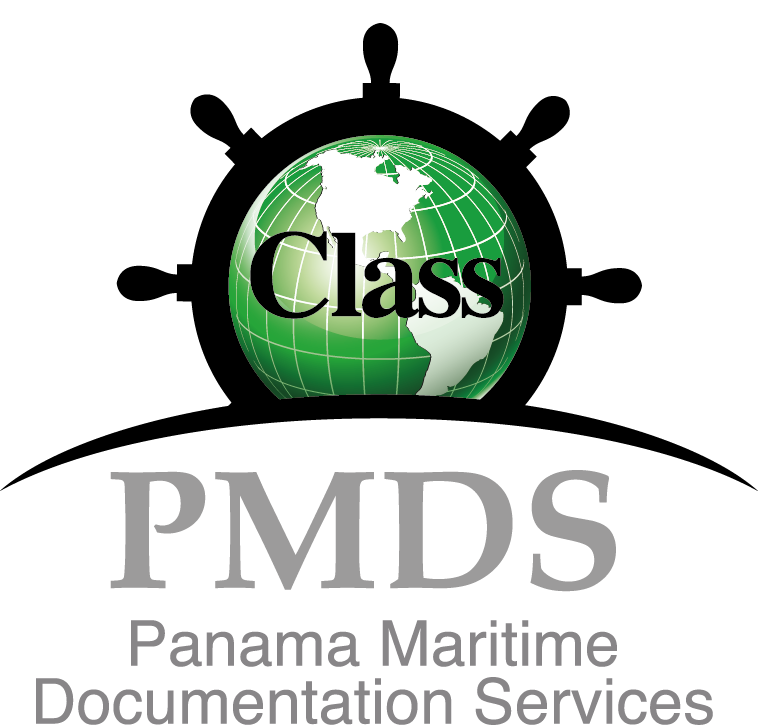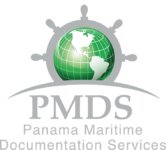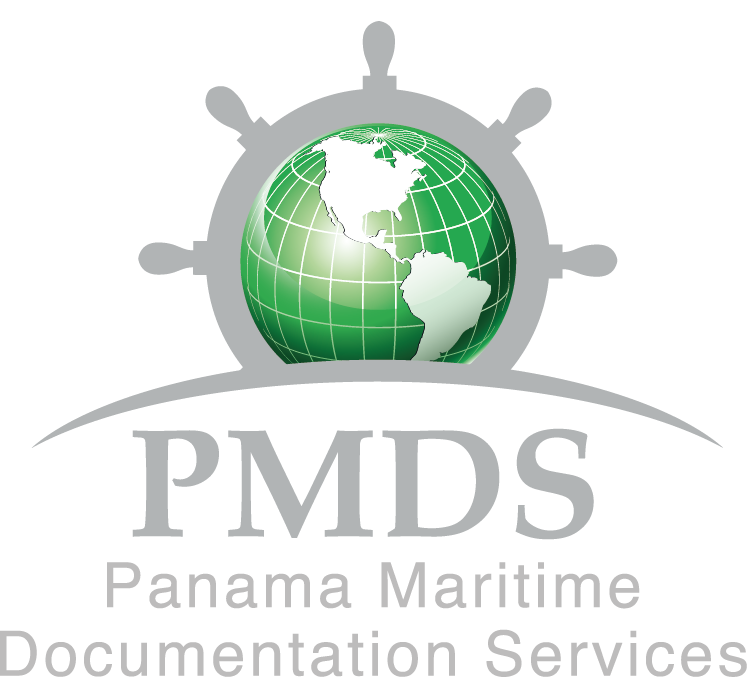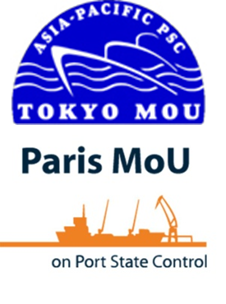
Tokyo MOU & Paris MOU / Criteria for attribution of RO responsibility
PMDS H.O. would like to highlight that, to complies with safety, security and environmental regulations for a better maritime industry and avoid that our represent registries maintain substandard vessels and affect directly to the flags reputation in all the Port State Control Memorandum of Understanding (MoUs), will be necessary take measurements to be applied as preventive-corrective actions to reduce PSC detentions.
Measurements actions to reduce PSC detentions:
Regarding to above mentioned, PMDS surveyor shall be paid attention to the following main items including as the “Top Deficiencies” detected as most frequent detainable deficiencies on MoU’s annual reports, but not limited to:
- Validity of all Statutory Certificates (including annual/intermediate endorsements).
- Life-Saving Appliances (LSA) in general.
- Lifeboat falls (including renewal and reversal dates).
- Liferafts servicing (dates).
- Fire Fighting Systems & Equipment (in general).
- Emergency Fire Pumps (last test).
- Fire detention & alarm system (last service).
- Pyrotechnics (expiry date or expiration date).
- Records of weekly/monthly drills and equipment inspections (logbook’s entries, SMS records).
- Nautical Publications & Charts (up to date).
- Oil Record Book + Oil Filtering Equipment (MARPOL 73/78 Annex I).
- Any outstanding statutory items and/or conditions of class (verify last class survey).
- Personnel Familiarization & Responsibility (ISM Code – Section 6).
- Maintenance of the Ship and Equipment (ISM Code – Section 10).
- Working & Living Conditions (MLC, 2006).
Recognized Organization (RO) responsibility with the detention according to criteria of the Tokyo MoU and Paris MoU, define as follow:
Tokyo MoU – Criteria for attribution of RO responsibility
| 1. RO means a Recognized Organization or other private body carrying out surveys and issuing or endorsing Statutory Certificates of ships on behalf of a flag State. |
| 2. The RO responsibility is assessed only relating to detainable deficiencies that are: |
| i. covered by a statutory certificate that has been issued or endorsed by the RO with a date of survey; and |
| ii. the RO has carried out the last survey or verification audit for the relevant certificate(s). |
| 3. A detainable deficiency is associated with the RO if it is: |
| i. a serious structural deficiency including corrosion, wastage, cracking and buckling unless it is clear that the deficiency has occurred since the last survey conducted by the RO; or |
| ii. a serious deficiency in equipment or non-structural fittings (such as fire main, airpipes, cargo hatches, rails, masts, ventilation trunks/ducts, accommodation, and recreational facilities etc.) and it is less than 90 days since the last survey conducted by the RO, unless it is clear that the deficiency has occurred since the last survey conducted by the RO; or |
| iii. a serious deficiency in equipment or non-structural fittings which clearly would have existed at the time of the last survey; or |
| iv. a serious deficiency associated with out-of-date equipment which was out-of-date at the time of the last survey; or |
| v. a missing approval or endorsement of Plans and Manuals if required to comply with the provisions for issuance of statutory certificates which clearly would have existed at the time of the last survey; or |
| vi. a major non-conformity where there is clear evidence of a lack of effective and systematic implementation of a requirement of the ISM Code AND there is clear evidence that it existed at the last audit conducted by the RO provided that the audit took place within the last 90 days. It may also include operational drills and operational control and there is clear supporting evidence of failure; |
| vii. a detainable MLC-deficiency where there is clear evidence of a lack of implementation of a requirement of the MLC Code with respect to the accommodation and recreation facilities detailed in Regulation 3.1 in Title 3 and that it existed at the last inspection conducted by the RO. |
| 4. A detainable deficiency is not associated with the RO if it is: |
| i. the result of accidental or voyage damage; |
| ii. missing equipment that is likely to have been stolen except when it is a large quantity, and the PSC inspection is taking place within 90 days since the last survey conducted by the RO; or |
| iii. an expired certificate unless the certificate was improperly issued by the RO following a survey conducted on behalf of the flag State. |
Paris MoU – Criteria for attribution of RO responsibility
| In applying these criteria, last survey means the actual date when the last statutory survey (annual, periodical, intermediate, etc.) was carried out by the RO. Last survey shall not be construed as the date when the certificate was issued. Only statutory surveys have to be taken into consideration to assess the RO responsibility. |
| 1. Only those deficiencies which, alone or in combination, warrant detention (2) will be evaluated to determine RO responsibility. |
| 2. Equipment deficiencies will only be class associated where equipment is covered by a RO survey or where RO has issued certification. |
| 3. Accidental damage suffered on a ship’s voyage to a port will not be class related (3). |
| 4. Serious wastage or other structural deficiencies not caused by voyage damage will be listed as a RO responsibility. |
| 5. Outdated equipment will not be associated with the RO unless outdated at the time of the last survey conducted by RO. |
| 6. Absence of highly pilferable equipment will generally not be listed as a CS responsibility – unless a large quantity is missing, and inspection is taking place within 90 days of the last survey conducted by RO. |
| 7. Expired statutory certificates will not be associated with the RO unless the certificates were not endorsed or were improperly issued by the RO following a survey conducted on behalf of the flag State. |
| 8. Manning issues, other than those referred to in point 10, whether conducted in accordance with SOLAS or STCW, will not be listed as RO responsibility. |
| 9. A time limit of 90 days from the last survey carried out by the RO will generally be placed on equipment deficiencies, unless apparent that the deficiency is such that it would have existed at the time of the relevant survey conducted by RO. |
| 10. Failure of human factor issues related to operational drills and tests and other manning issues where required and undertaken will be associated with RO responsibility only when the RO issued the relevant certificate. |
| 11. Deficiencies in the ISM Safety Management System shall be class-related only when the CS has issued the DOC and/or SMC, whichever is relevant, and if there is clear evidence that the lack of effective and systematic implementation of a requirement of the ISM Code existed at the last audit conducted by the RO. |
The Administrations also can monitor constantly the RO performance through the result of PSC inspections and where RO responsibility has been detected; it could be sanctioned on a case-by-case basis, according to the internal malpractice procedures.
| (1) RO means the recognized organization carrying out safety assessment work on ships.
(2) Without prejudice to the professional judgment of PSCOs, annex VI to Council Directive 95/21/EC and Section 9.3 of Annex 1 to the Paris MOU provide examples of deficiencies warranting detention. (3) A class-related deficiency means that the ship’s RO that carried out the relevant survey or that issued certification had a responsibility in relation with the deficiencies that alone or in combination led to detention. |
For additional information contact us : corporate@panamamaritime.com

 (507) 6780-7942
(507) 6780-7942
